Supported Shoulderstand
Salamba Sarvangasana
(sah-LOM-bah sar-van-GAHS-anna)
salamba = with support
sarva = all
anga = limb
It comes around so quickly. Asana of the week is here again and we have a bit of a challenge for you all. We hope you enjoy your shoulderstand.
Step by Step
 Fold two or more firm blankets into rectangles measuring about 1 foot by 2 feet, and stack them one on top of the other. You can place a sticky mat over the blankets to help the upper arms stay in place while in the pose. Then lie on the blankets with your shoulders supported (and parallel to one of the longer edges) and your head on the floor. Lay your arms on the floor alongside your torso, then bend your knees and set your feet against the floor with the heels close to the sitting bones. Exhale, press your arms against the floor, and push your feet away from the floor, drawing your thighs into the front torso.
Fold two or more firm blankets into rectangles measuring about 1 foot by 2 feet, and stack them one on top of the other. You can place a sticky mat over the blankets to help the upper arms stay in place while in the pose. Then lie on the blankets with your shoulders supported (and parallel to one of the longer edges) and your head on the floor. Lay your arms on the floor alongside your torso, then bend your knees and set your feet against the floor with the heels close to the sitting bones. Exhale, press your arms against the floor, and push your feet away from the floor, drawing your thighs into the front torso.
 Continue to lift by curling the pelvis and then the back torso away from the floor, so that your knees come toward your face. Stretch your arms out parallel to the edge of the blanket and turn them outward so the fingers press against the floor (and the thumbs point behind you). Bend your elbows and draw them toward each other. Lay the backs of your upper arms on the blanket and spread your palms against the back of your torso. Raise your pelvis over the shoulders, so that the torso is relatively perpendicular to the floor. Walk your hands up your back (toward the floor) without letting the elbows slide too much wider than shoulder width.
Continue to lift by curling the pelvis and then the back torso away from the floor, so that your knees come toward your face. Stretch your arms out parallel to the edge of the blanket and turn them outward so the fingers press against the floor (and the thumbs point behind you). Bend your elbows and draw them toward each other. Lay the backs of your upper arms on the blanket and spread your palms against the back of your torso. Raise your pelvis over the shoulders, so that the torso is relatively perpendicular to the floor. Walk your hands up your back (toward the floor) without letting the elbows slide too much wider than shoulder width.
 Inhale and lift your bent knees toward the ceiling, bringing your thighs in line with your torso and hanging the heels down by your buttocks. Press your tailbone toward your pubis and turn the upper thighs inward slightly. Finally inhale and straighten the knees, pressing the heels up toward the ceiling. When the backs of the legs are fully lengthened, lift through the balls of the big toes so the inner legs are slightly longer than the outer.
Inhale and lift your bent knees toward the ceiling, bringing your thighs in line with your torso and hanging the heels down by your buttocks. Press your tailbone toward your pubis and turn the upper thighs inward slightly. Finally inhale and straighten the knees, pressing the heels up toward the ceiling. When the backs of the legs are fully lengthened, lift through the balls of the big toes so the inner legs are slightly longer than the outer.
 Soften the throat and tongue. Firm the shoulder blades against the back, and move the sternum toward the chin. Your forehead should be relatively parallel to the floor, your chin perpendicular. Press the backs of your upper arms and the tops of your shoulders actively into the blanket support, and try to lift the upper spine away from the floor. Gaze softly at your chest.
Soften the throat and tongue. Firm the shoulder blades against the back, and move the sternum toward the chin. Your forehead should be relatively parallel to the floor, your chin perpendicular. Press the backs of your upper arms and the tops of your shoulders actively into the blanket support, and try to lift the upper spine away from the floor. Gaze softly at your chest.
 As a beginning practitioner stay in the pose for about 30 seconds. Gradually add 5 to 10 seconds to your stay every day or so until you can comfortably hold the pose for 3 minutes. Then continue for 3 minutes each day for a week or two, until you feel relatively comfortable in the pose. Again gradually and 5 to 10 seconds onto your stay every day or so until you can comfortably hold the pose for 5 minutes. To come down, exhale, bend your knees into your torso again, and roll your back torso slowly and carefully onto the floor, keeping the back of your head on the floor.
As a beginning practitioner stay in the pose for about 30 seconds. Gradually add 5 to 10 seconds to your stay every day or so until you can comfortably hold the pose for 3 minutes. Then continue for 3 minutes each day for a week or two, until you feel relatively comfortable in the pose. Again gradually and 5 to 10 seconds onto your stay every day or so until you can comfortably hold the pose for 5 minutes. To come down, exhale, bend your knees into your torso again, and roll your back torso slowly and carefully onto the floor, keeping the back of your head on the floor.
Wellbeing benefits
It stimulates the thyroid gland and so is very useful in cases of hypothyroidism. It helps swollen sinuses, chest colds, sore throat and improves eye sight and memory, varicose veins and pinched nerve in the cervical vertebrae. Helps facial paralyses, tones the entire body and gives a youthful glow. It helps in the maintenance of the organs in the pelvic region.
Prohibitions
It should not be done in the following cases: slipped cervical vertebrae, high blood pressure, heart disease or ailments of the ears and eyes, where increased pressure on the head would cause the condition to worsen, hyperthyroidism, enlarged liver or spleen and slipped discs. Contra-indicated for the first three days of menstruation. Consult doctor before practicing during pregnancy.
How do you get into the pose?
Lay down on your back. Raise legs, keeping seat on the floor, legs bent. Raise legs and pelvis so that it is perpendicular to the floor and pelvis is slightly pushed forward and higher than shoulder. Keep palms on the seat to support yourself in the pose, upper arms on the floor, elbows and shoulder blades moving inwards towards each other. Now that you are in the pose, relax and feel the stretch. Keep awareness on the breath (breathe normally) and on the stretch.
When you are ready to let go of the pose, exhale and lower the body one vertebrae at a time. Bring the body completely down. Relax. Prepare for counter pose.
For every forward bend, there is one backward bend to balance off the body’s energies. Sarvangasana usually balances off with Matsayasana .
Matsyasana helps in the case of hyperthyroidism, if the problem is not serious. It activates the pituitary and pineal glands, improves eyesight, rheumatoid arthritis of the back and lethargy. But since hyperthyroidism is contraindicated for sarvangasana, they are to be done as an asana pair only in the case of therapy for hypothyroidism or during a normal asana practice.



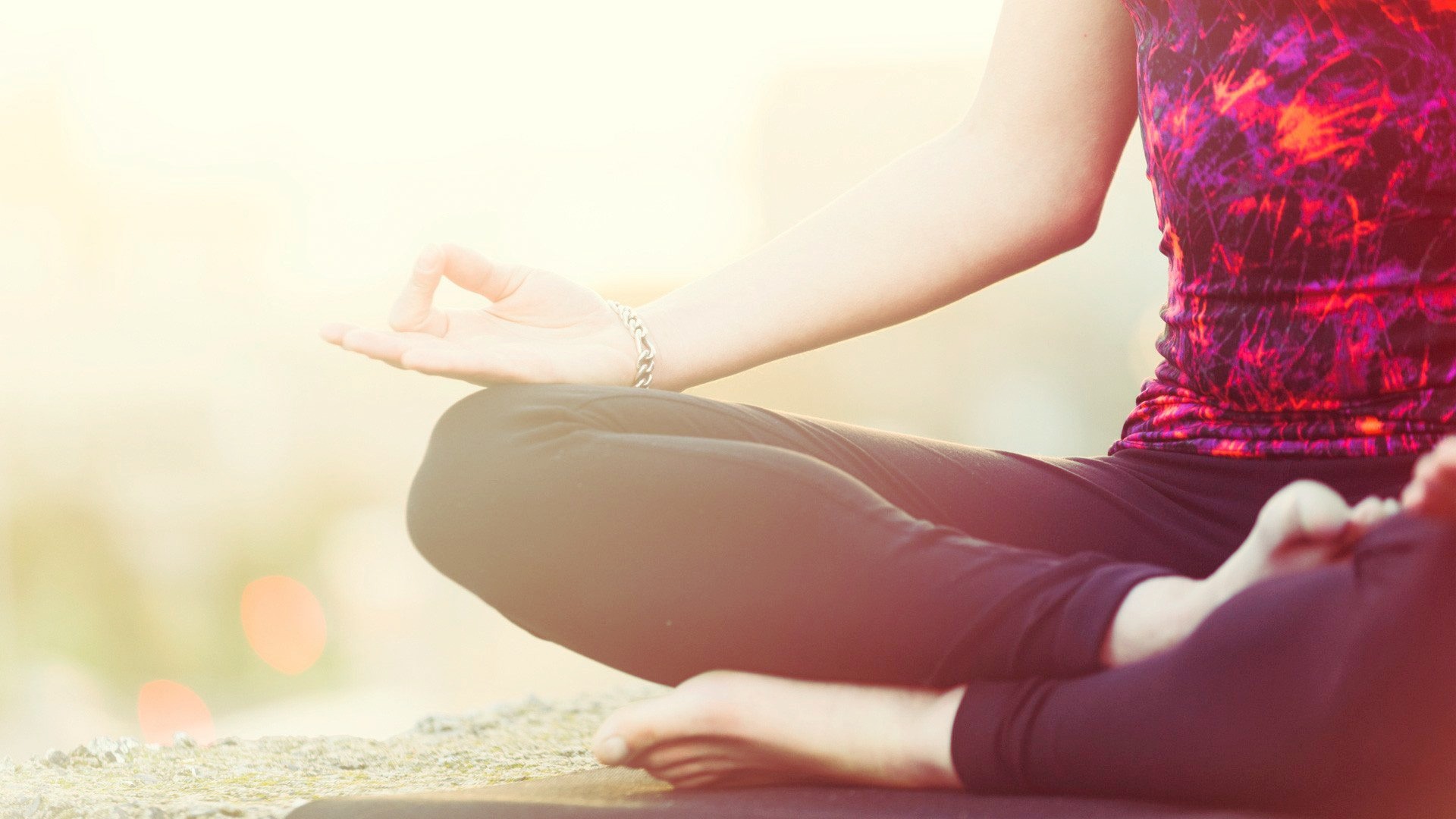
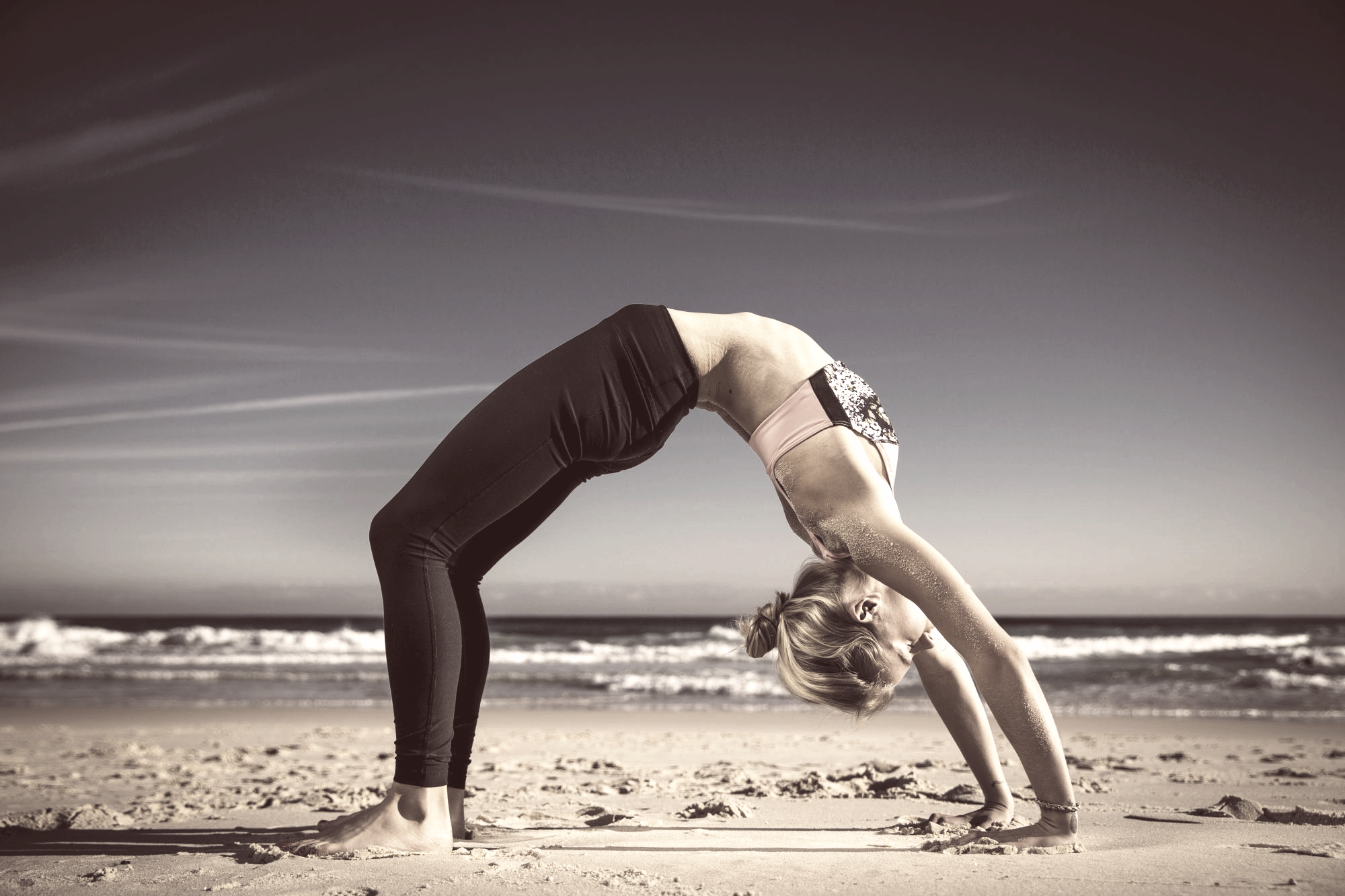
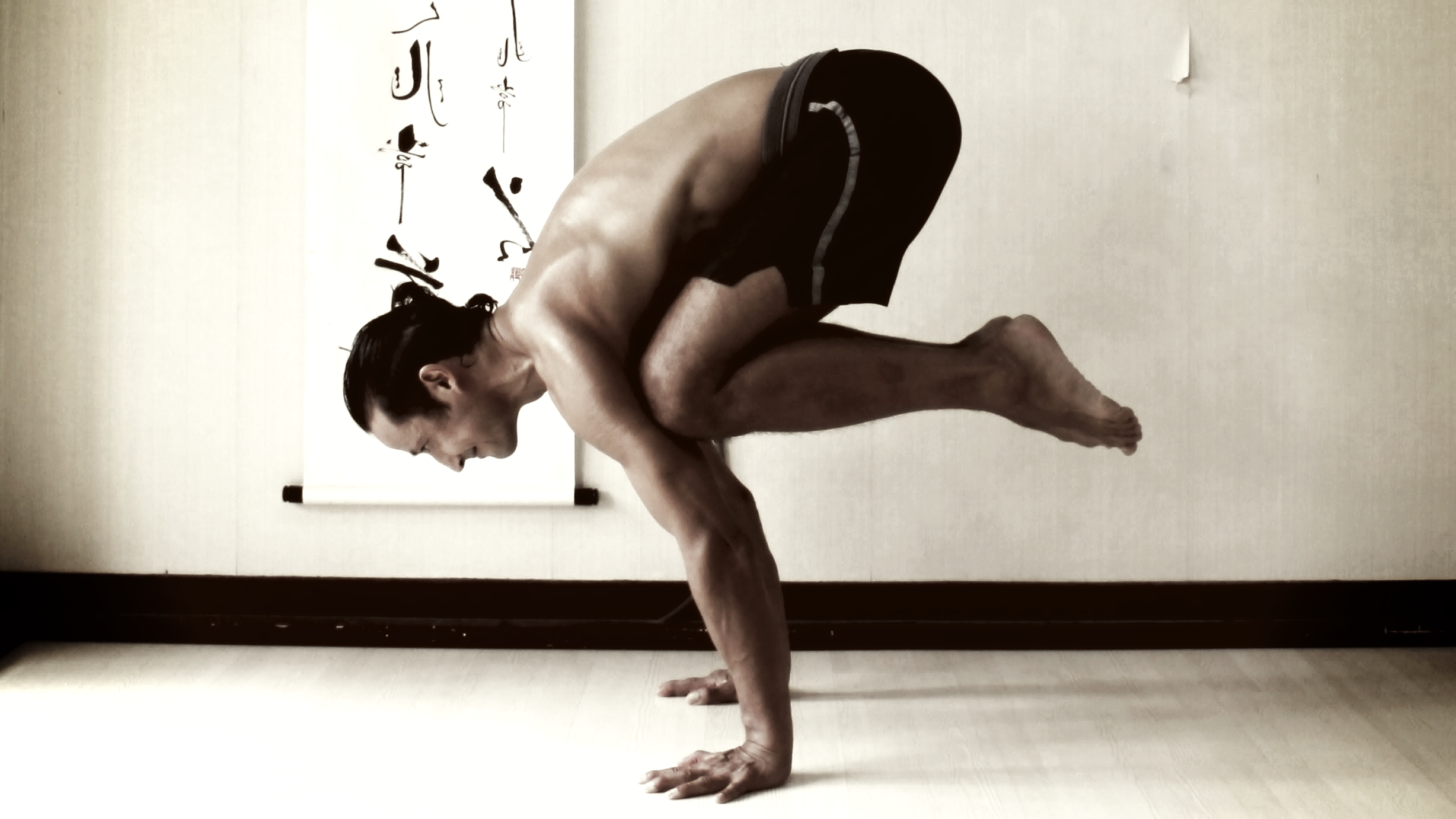
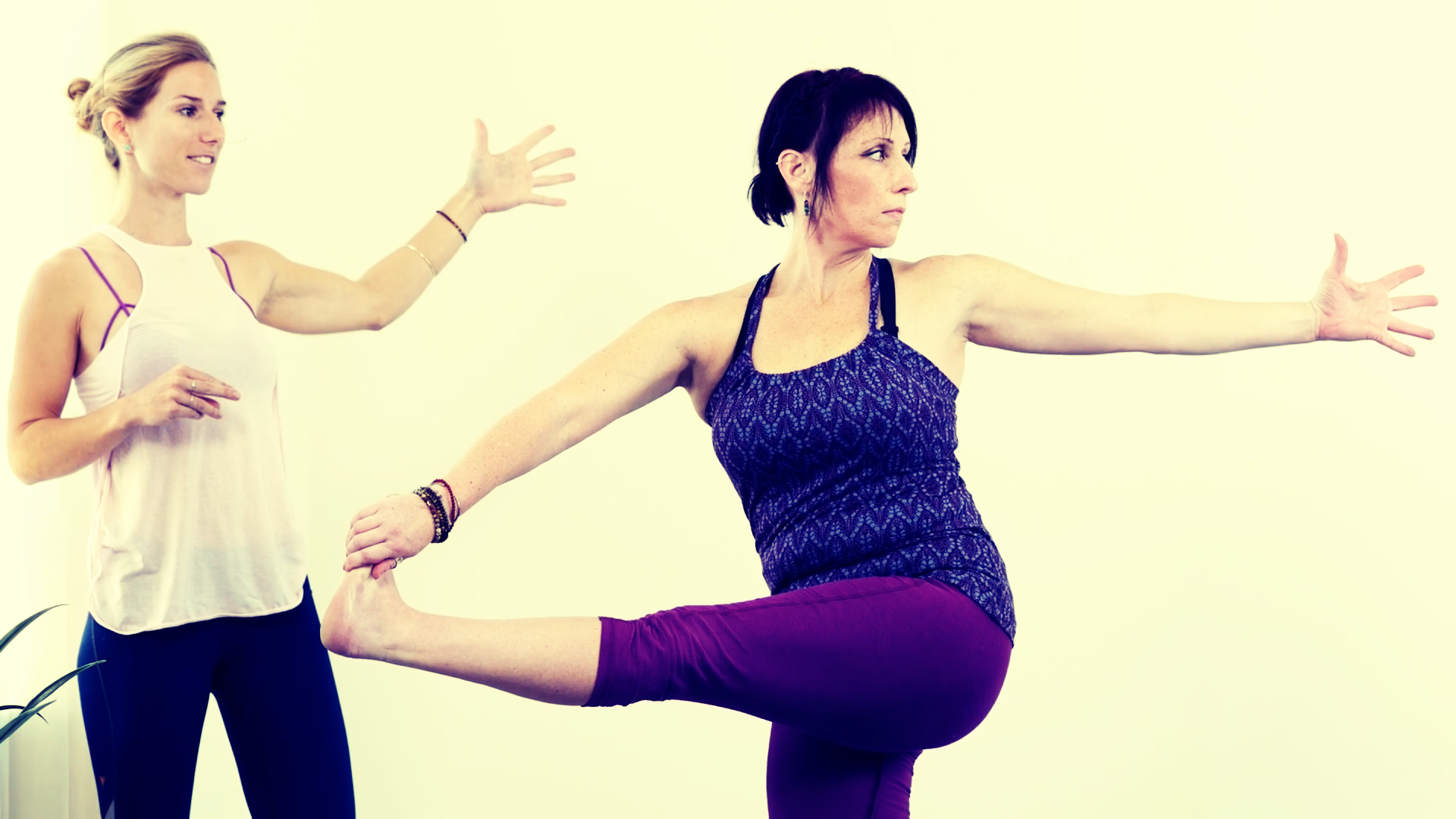
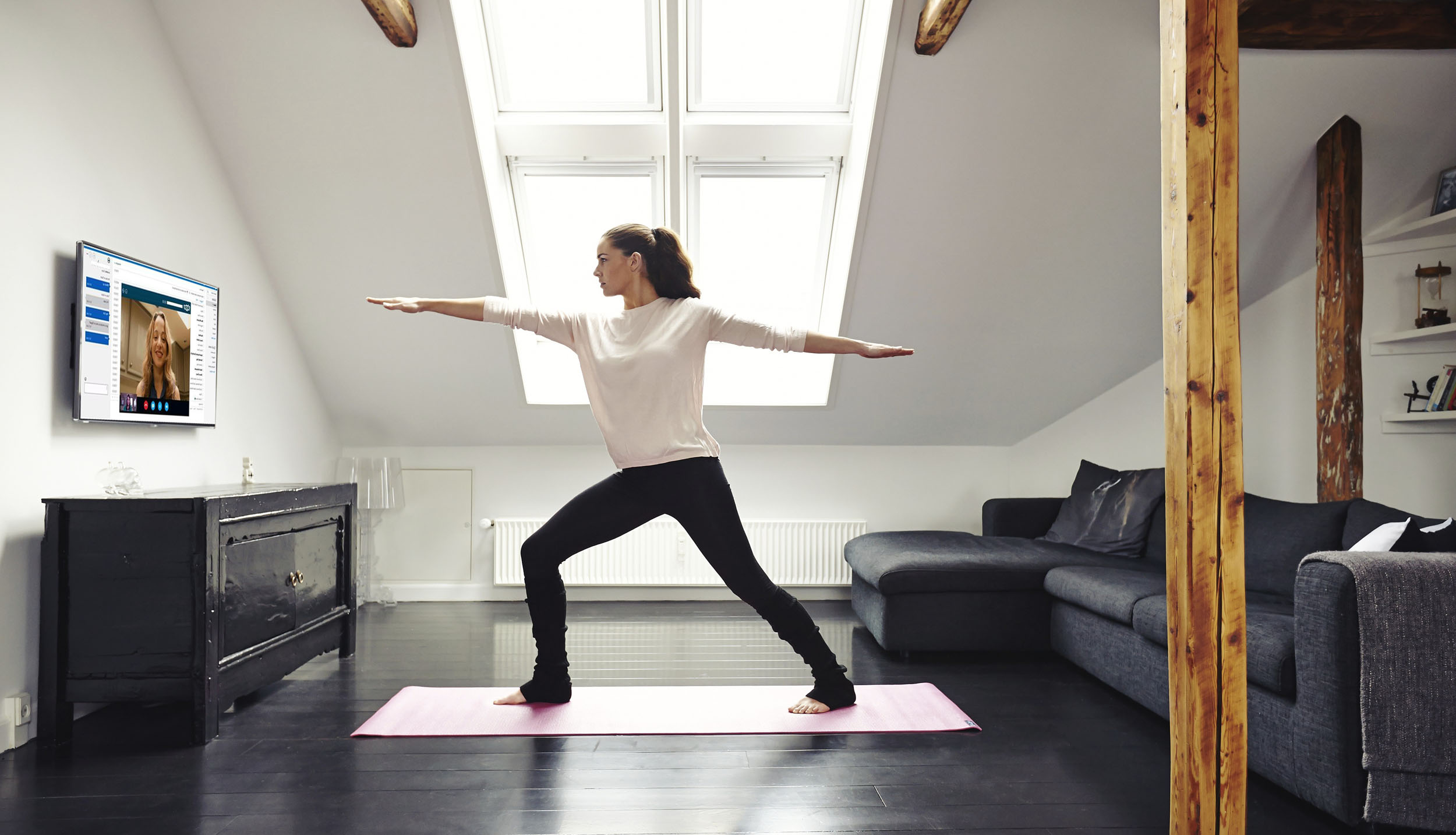


And me